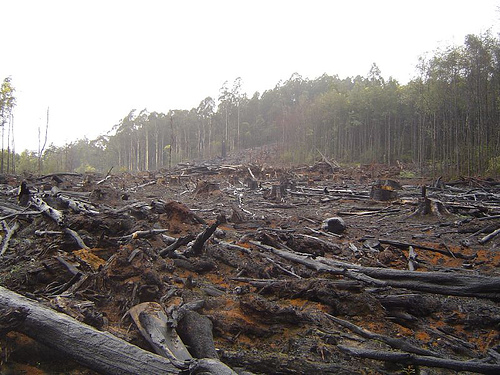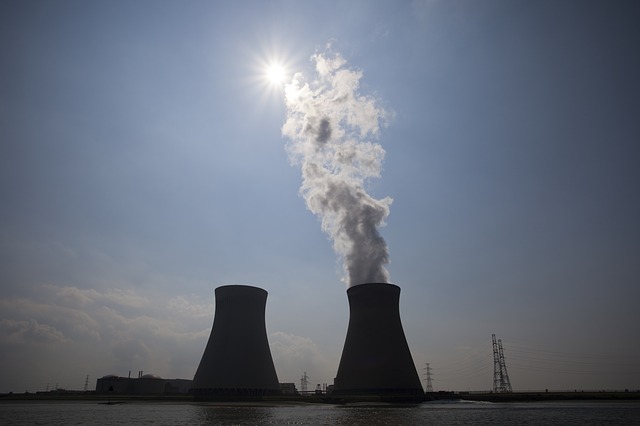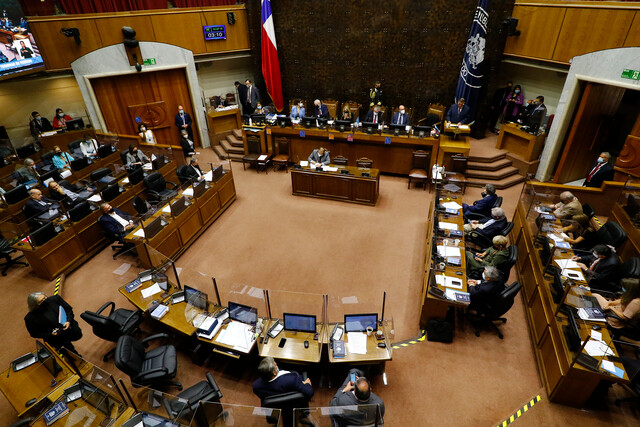On Tuesday, December 4, the High-Level Segment of the climate change negotiations began in Doha. Various Heads of State or Government, Ministers and Heads of Delegation are here to speak and act on behalf of their nations.
The opening ceremony for the High-Level Segment began with a video highlighting the impacts of Hurricane Sandy on the US, particularly New York City, and reflecting on the actions needed to ensure that frequent storms of its kind are not an “inevitable” part of our future. It went on to tell stories of people who are working in their communities to improve sustainability at a grass roots level. This video set the tone for the speeches that followed, which had two common themes.
First, leaders spoke of the threat of climate change and the urgent need for action to prevent serious catastrophes. U.N. Secretary-General Ban Ki-moon talked of climate change not only as an environmental problem, but also as a threat to peace and security. The Prime Minister of Ethiopia, Hailemariam Dessalegn Boshe, called for parties to take action to avert the “impending man-made catastrophe.” The Executive Secretary of the UNFCCC, Christiana Figueres, described the need for “decisive ambition” to respond to the urgency of the scientific predictions on climate change.
In spite of recognizing the scale and severity of the problem, the second theme that came across from the leaders’ speeches was scepticism about the likelihood of any significant breakthroughs being reached here in Doha. The Prime Minister of Samoa, Tuila’epa Fatialofa Lupesoliai Sailele Malielegaoi, spoke of the “unsatisfactory response to global climate change so far,” and his disappointment that more developed countries had not agreed to sign on to a second commitment period under the Kyoto Protocol. Even the opening video from the ceremony, which was designed to inspire participants in the talks, recognized the “preconceptions, doubts and constraints” of many delegates, but called on them to “break out and break free.”
Reflecting the slow progress in the UN climate negotiation process, there has been frequent discussion in Doha of “complementary actions,” which are activities outside of the UNFCCC framework that mitigate climate change. While many countries are promoting these actions as a key part of the solution to climate change, those states who are most vulnerable have emphasized that these actions cannot replace targets that are agreed and enforced through the UNFCCC.
In his address Secretary General Ban Ki-moon identified five outcomes needed from the Doha negotiations: (1) a second commitment period under the Kyoto Protocol; (2) progress on establishing long-term climate finance; (3) supporting institutions for mitigation and adaptation by developing countries; (4) furthering negotiations for a legally-binding instrument for post-2020 action; and (5) showing determination to reduce the gap between the current emissions reduction pledges and what is required to achieve the target set in Copenhagen of keeping global mean temperature rise within the range of 2°C target.
This fifth outcome, which would address the so-called “emissions gap,” has been a theme that has cut across many of the topics discussed in Doha. It has been a particular focus in the Ad Hoc Working Group on the Durban Platform for Enhanced Action (ADP), whose work program is focussed on raising ambition and negotiating a new legally binding instrument by 2015, to come into force from 2020 onwards. In addition to its post-2020 work, the ADP is also looking at actions which can be taken pre-2020 to reduce the emissions gap and set the world on a pathway which would achieve the goal of keeping warming below 2°C.
In the ADP meetings held on Tuesday there were clear tensions between the views of the parties. The disparity between the negotiating stances of different countries, known as the “ambition gap,” may be widening rather than narrowing. The Republic of the Marshall Islands, one of the low-lying island states which is under serious threat from climate change, expressed “a central and dire concern that we are off track, way off track.” From the other side, New Zealand called for an end to the “finger-pointing” which it perceives has been taking place, and for all parties to have confidence that everyone was “doing their fair share.” After underscoring the need to close the ambition gap, Norway called for a positive dynamic to be restored in the talks, with countries sharing experience about successful mitigation measures and the underlying technical knowledge.
A side event held on Tuesday by the UN Environment Programme (UNEP) also addressed the emissions gap theme, and officially launched UNEP’s Emissions Gap Report for 2012. The Chief Scientist at UNEP, Joseph Alcamo, spoke confidently of our ability to close the gap. However, he explained that the business as usual scenario and the reductions which are currently pledged are both well above where emissions need to be to stay on a pathway which will keep temperature rise below 2°C.
Hopefully, by the end of this week and the close of negotiations in Doha, we will be one step closer to bridging the emissions gap.




